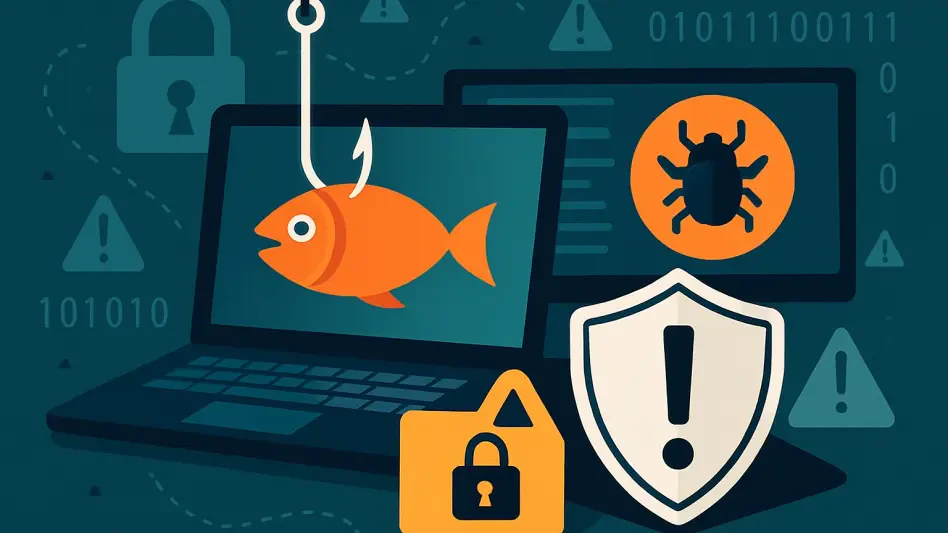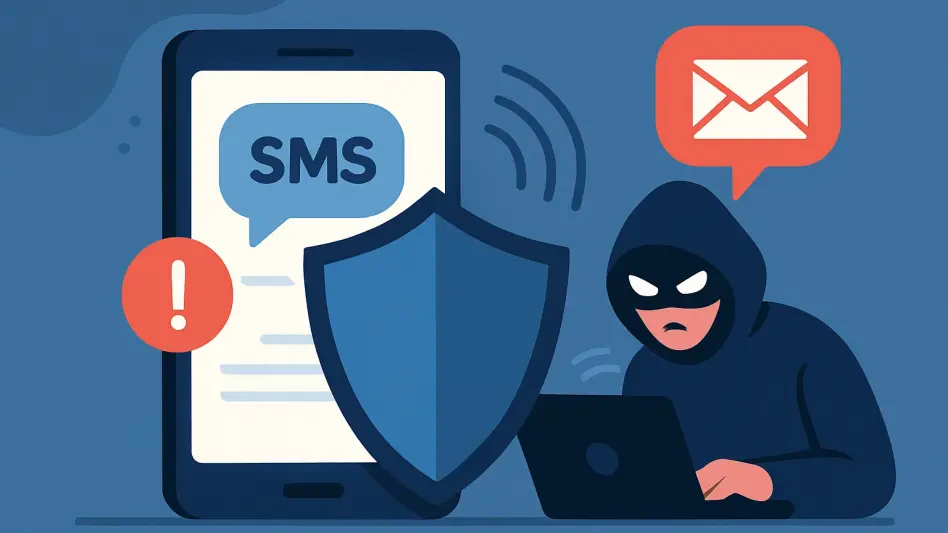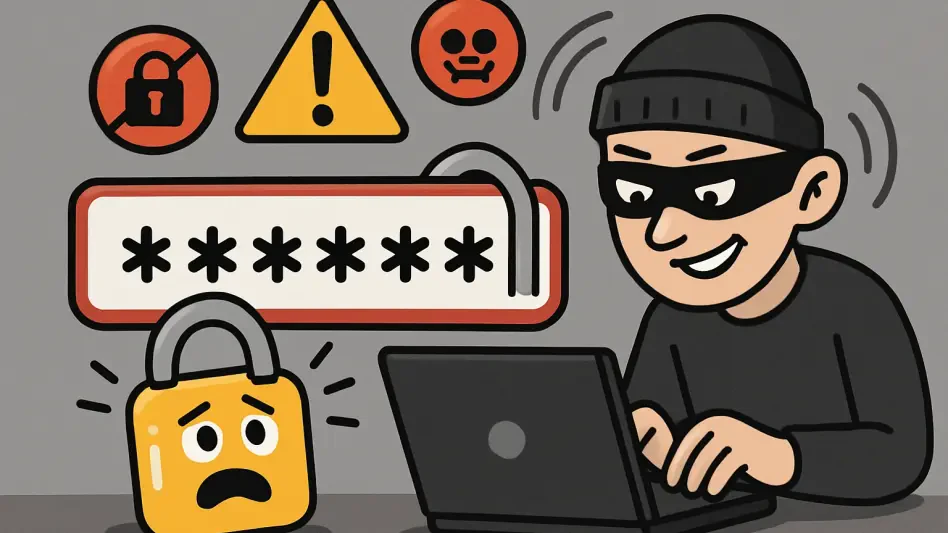The digital landscape is increasingly dominated by streaming platforms, with services like Netflix, Prime Video, and Spotify becoming integral components of everyday life. Despite their popularity, the security importance of these accounts is often underestimated, leading users to believe they hold little risk if compromised. This assumption is deceptive, as streaming accounts are frequently bundled with other stolen credentials and traded on the dark web, presenting considerable vulnerabilities. When such accounts are compromised, they can lead to unauthorized access to personal information, including credit card data, making them attractive targets for cybercriminals aiming for financial gain and exploitation.
Understanding the Overlooked Value of Streaming Accounts
Streaming accounts hold significant value and potential risk that many users overlook. While typically perceived as mere gateways to entertainment, these accounts often contain linked financial information such as credit card details, making them lucrative targets for hackers. Once compromised, they are bundled with other sets of stolen data and sold on dark web marketplaces, providing cybercriminals with a rich array of valuable and exploitable information. Beyond their monetary aspects, these accounts, through shared and similar credentials, can act as conduits for infiltrating other user accounts, broadening the scope of potential digital infringement. The perceived insignificance of these accounts often leads to negligent security practices, which further heighten their vulnerability. This underestimation amplifies the risk not only to the streaming accounts but also to other interconnected digital profiles by incorporating weak security measures, such as password reuse or oversharing.
The Threat of Password Reuse
Linking Streaming Accounts to Security Breaches
Reusing passwords across various streaming services continually emerges as a dangerous practice with significant security risks. This redundancy makes it easier for hackers to infiltrate user accounts and resell credentials in unauthorized online markets. Once a single account is compromised, proliferation to other accounts using the same password becomes all too common, intensifying the threat landscape. Furthermore, these credentials are often interconnected with financial details, exposing users to substantial monetary losses and identity theft. Cybercriminals can exploit these passwords to gain broader access to other digital accounts, leading to potentially widespread breaches affecting various facets of a user’s online presence. The prevalence of such security lapses underscores the need for stringent measures in managing passwords, highlighting the importance of password differentiation. Users must recognize this threat level and adopt robust security methodologies to thwart hacking efforts.
Shared Passwords and Increased Vulnerability
Sharing passwords with family and friends is an often overlooked practice that greatly compromises account security. While it may seem convenient, allowing multiple individuals to access an account effectively dilutes control over the credentials and heightens the risk of unauthorized access. When credentials are shared, the likelihood of them falling into malicious hands increases substantially, leading to exposure and potential exploitation of sensitive information. This practice not only risks the security of a single account but also inadvertently broadens exposure to other linked accounts if similar passwords are used. An unauthorized person gaining access can misuse personal information or even sell it on the dark web, placing significant personal data in jeopardy. To mitigate these risks, users must adopt stringent policies around password sharing, recognizing their broader implications on digital security and account integrity.
Weak Passwords: A Common Mistake
Risks of Easy-to-Crack Passwords
The comfort of using simple passwords often creates significant vulnerabilities, serving as easily targeted entry points for cybercriminals. Such passwords are frequently the first to be compromised within security breaches, fundamentally undermining account integrity. Hackers exploit these weaknesses to gain unrestricted access, resulting in stolen information and identity fraud. This emphasizes the critical need for employing robust, unique passwords tailored for each service to mitigate these risks. Simple passwords may also inadvertently serve as gateways to essentially domino-effect breaches, where access to one account leads to numerous others being compromised. Inadequate password complexity is a prevailing mistake among users, often overlooked due to its perceived convenience. Implementing complex, secure passwords prevents easy exploitation and helps fortify account security, protecting personal data from unauthorized access.
Practical Solutions for Improved Security
Utilizing password managers is a pivotal strategy in enhancing password security across accounts, serving as essential tools for generating and maintaining diverse passwords. These managers offer advanced features that securely store credentials and incorporate alerts when passwords appear in known security breaches, enabling proactive responses. For individuals hesitant to embrace password managers, adopting a consistent base password format with customized variations across different accounts can be a viable alternative. This technique, though not as secure as entirely unique passwords, remains substantially safer compared to total reuse across multiple platforms. Such practices establish the foundation for a stronger security profile, mitigating vulnerabilities and reducing risks associated with predictable passwords. Furthermore, constant vigilance and adjustment continue to be paramount, maintaining account robustness in the evolving digital landscape.
Enhancing Security with Monitoring Tools and Reviews
Utilizing Alerts for Proactive Protection
Proactive measures like alerts play a critical role in fortifying accounts against unauthorized access. Services such as Have I Been Pwned or Mozilla Monitor provide users with notifications when their credentials are compromised, enabling them to act promptly by updating passwords and fortifying account defenses. Regularly reviewing active sessions and connected devices across streaming platforms aids in identifying rogue access attempts, enabling users to quickly sign out from unfamiliar devices and assess ongoing security threats. This process is essential in maintaining account integrity and ensuring user control over digital profiles. Engagement with such monitoring tools helps users stay ahead of potential breaches, preparing them to respond decisively when unauthorized activities are detected. This continuous assessment and adaptation contribute to a resilient security framework within an individual’s digital environment.
The Limitations and Merits of Multi-Factor Authentication (MFA)
Multi-Factor Authentication (MFA) serves as an additional protective layer, enhancing the complexity and security of streaming accounts, yet it has its limitations and cannot be the sole reliance for digital security. While MFA introduces an extra barrier against unauthorized access, it remains vulnerable to sophisticated phishing techniques and session hijacking, where attackers strategically obtain second-factor codes to bypass security measures. Furthermore, not all streaming services offer support for MFA, making robust password policies equally crucial to fortifying account security. The adoption of MFA must be paired with strong password practices and constant vigilance to ensure comprehensive protection. Its merits lie in its ability to complicate unauthorized access attempts, yet users must recognize that it does not substitute for weak password practices, underscoring the continuous need for evolving security methodologies.
Towards Stronger Security Practices
Elevating Password Hygiene Standards
Enhancing password hygiene standards is essential in fortifying streaming accounts and other digital profiles against cyber threats. Users are encouraged to shift their perception of streaming accounts as equally pivotal components within their security framework, recognizing interconnectedness as a primary factor in mitigating broader vulnerabilities. This paradigm shift underscores the urgency to adopt high-standard security practices, including consistently unique and complex passwords devoid of reuse. By emphasizing password individuality and cautious sharing protocols, users actively minimize potential exposure to cyber exploits and unauthorized access attempts. Such proactive measures reinforce account security, contributing to a resilient defense against attackers. Users must continually elevate their password strategies to adapt to emerging threats, incorporating practices that uphold the integrity and safety of their digital presence.
Building a Secure Digital Environment
In today’s digital era, streaming platforms like Netflix, Amazon Prime Video, and Spotify have become essential parts of daily life, offering entertainment to millions worldwide. However, despite their widespread use and convenience, many underestimate the security threats tied to these accounts. Users often think that streaming accounts are harmless if hacked, but this belief is misleading. Hacked streaming accounts are frequently bundled with other stolen credentials and sold on the dark web, creating significant security vulnerabilities. This situation arises because compromised accounts can grant unauthorized access to sensitive personal information, including credit card details. Such breaches can be lucrative for cybercriminals looking for financial profit or exploitative pathways. As a result, these accounts are attractive targets and should be treated with the same caution as other personal and financial accounts, given their impact on privacy and security in an interconnected digital landscape.








